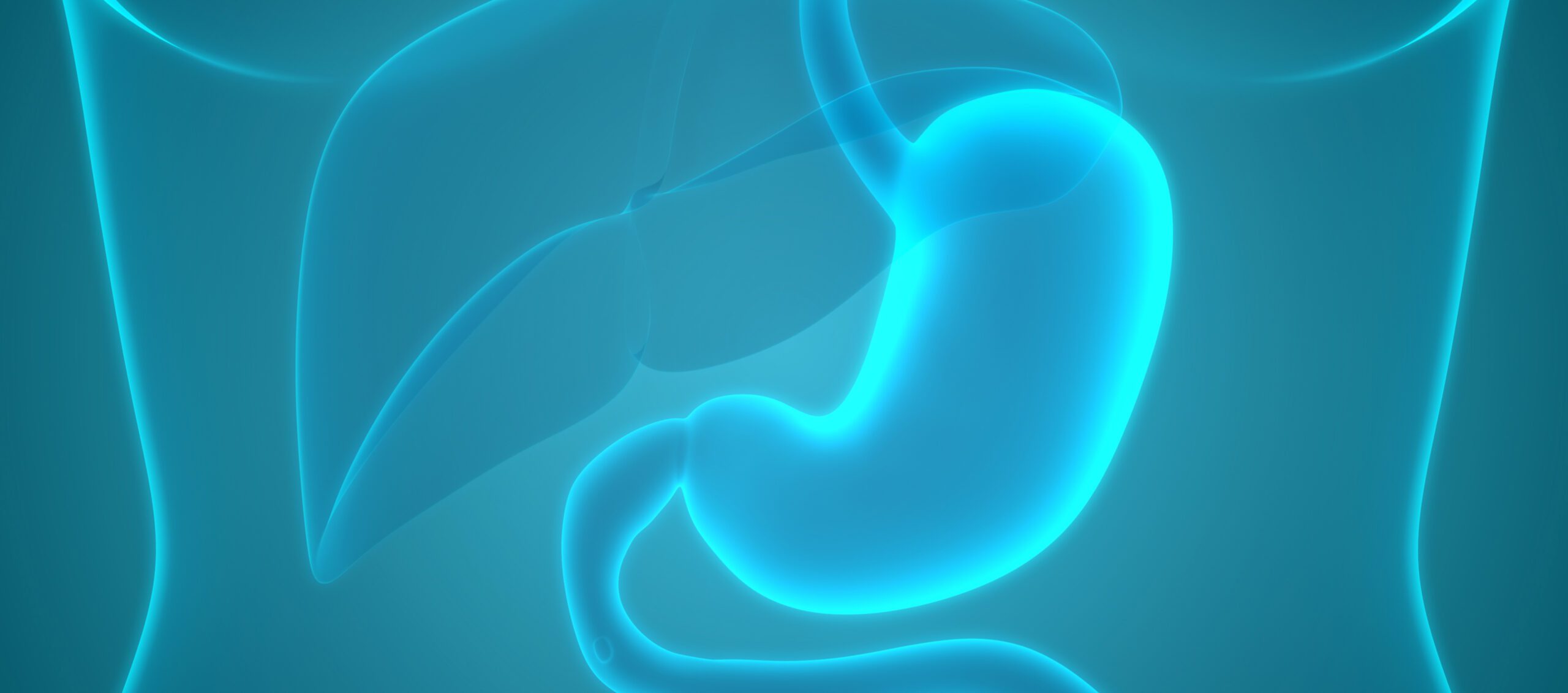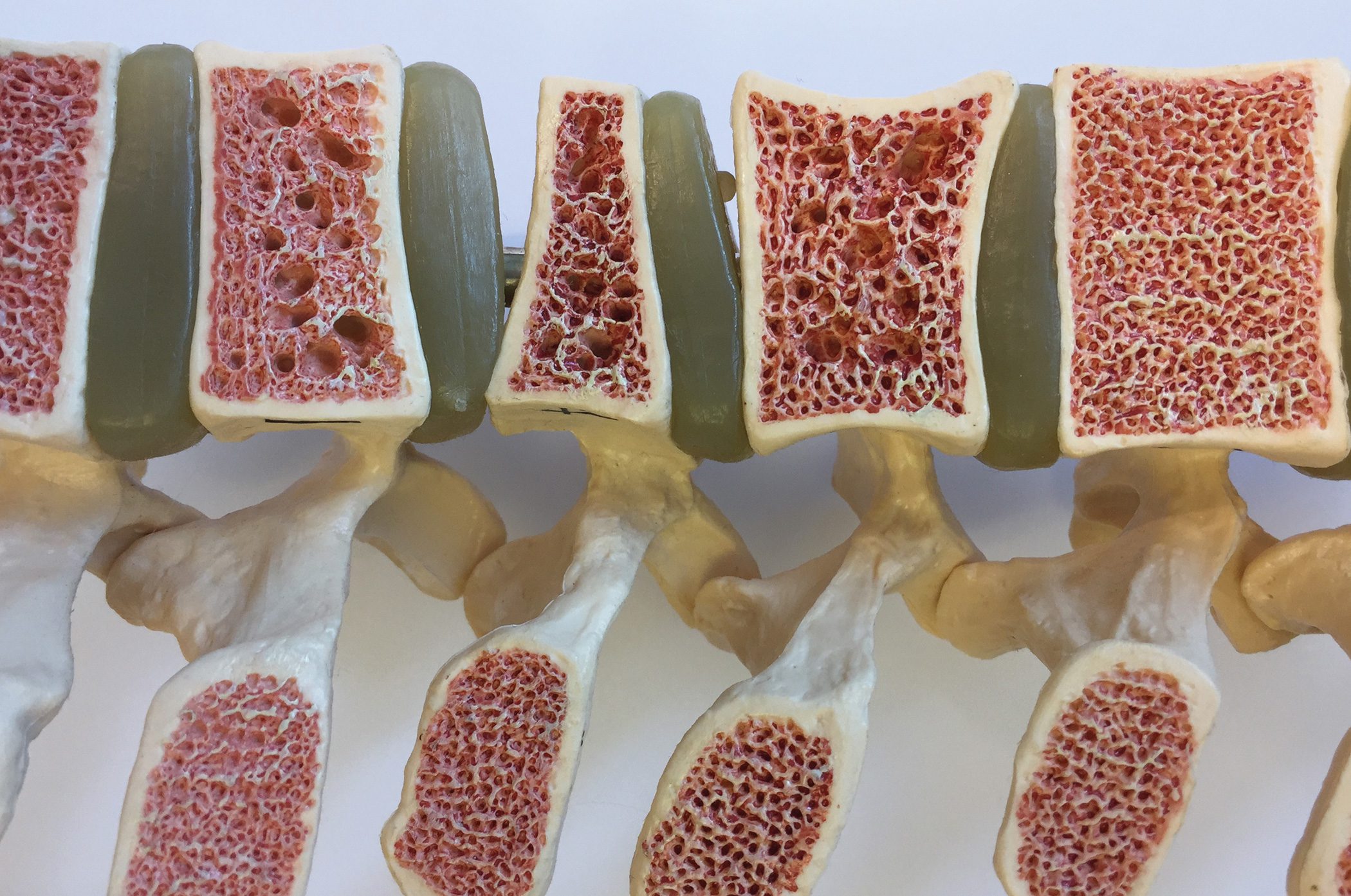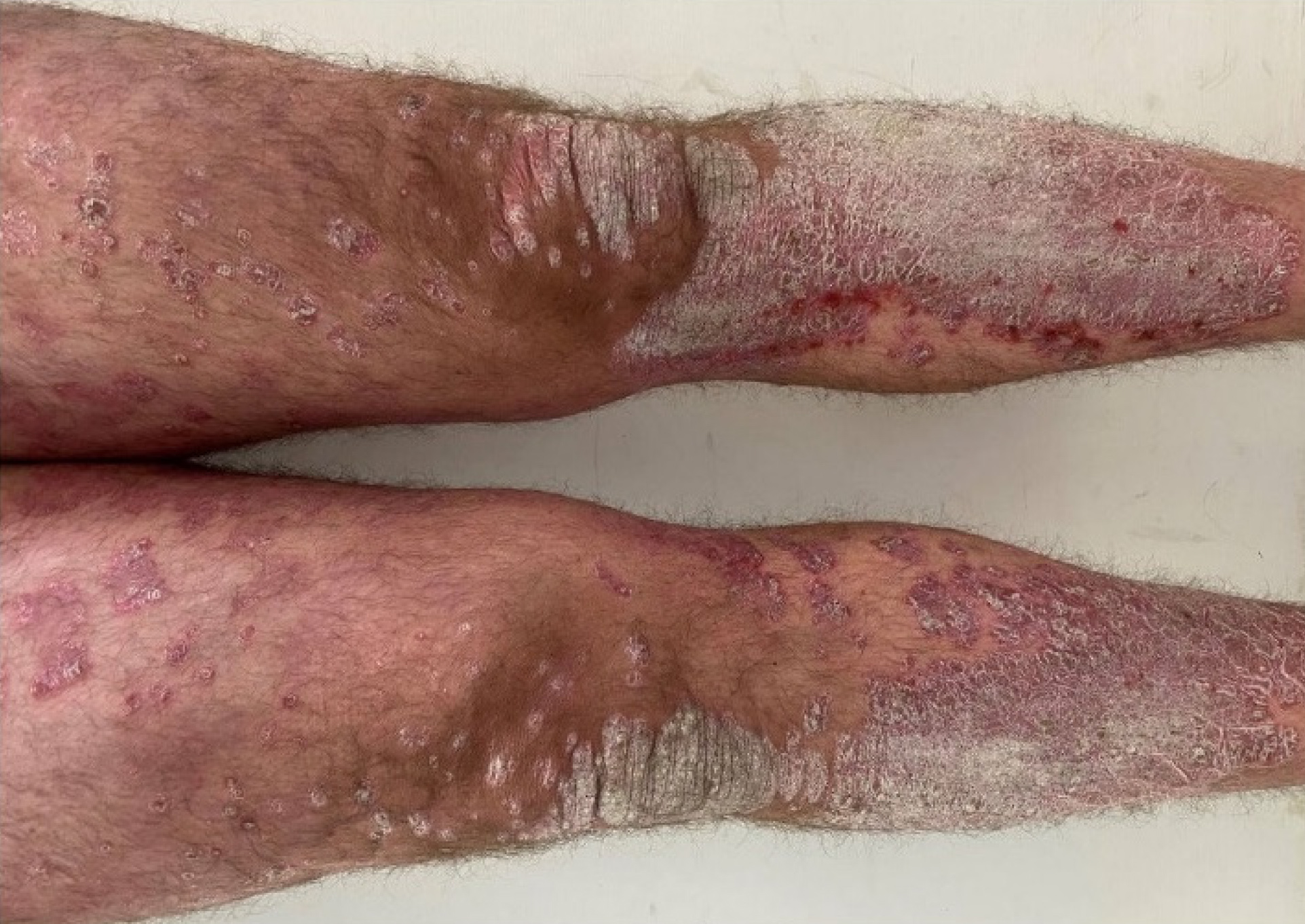Patient counseling is becoming increasingly important in prostate cancer. Diagnosis and therapy should be based on medical appropriateness and not primarily on medical options. In the case of carcinoma, up to 30% of patients can be actively monitored.
Prostate carcinoma is the most common newly discovered carcinoma and the second most common cause of cancer-related death in Swiss men (Fig. 1). Despite the high morbidity and mortality, the phrase overdiagnosis and overtreatment is often used. However, a precise analysis and, if necessary, diagnostics are the basis of a well-founded decision. Therapy by specialized hand has made significant progress in recent years.

In the first contact with a family doctor or urologist, it must be clarified with the patient whether he or she wants a diagnosis of a potential prostate carcinoma and – in the case of a carcinoma diagnosis – a therapy, because without a wish for therapy, there is no need for diagnostics. Also, depending on age and comorbidities, it must be weighed in the initial contact whether a patient could statistically benefit from therapy at all. Not only what is medically possible should be offered, but rather what makes medical sense and from which the patient can also benefit. The overestimation of the own life expectancy of mentally young patients paired with the demographic development makes more than ever necessary first consultation instead of invasive diagnostics.
When is active therapy useful?
It is still the case that therapy makes sense with a remaining life expectancy of more than ten years. A predefined age cutoff (e.g. 70 years) must increasingly be abandoned in view of different life histories. Rather, the biological age must be estimated.
Helpful for calculating remaining life span are models such as the Charlson Comorbidity Index [1], which has been under development since 1987 and has more justification than ever with dwindling resources and calls for evidence-based medicine.
What’s new in diagnostics
A new addition to the diagnostic chain is multiparametric MRI of the prostate [2]. However, confidence in diagnostic accuracy differs between urologists and radiologists. At the Prostate Cancer Center in Aarau, patients therefore receive a routine systematic biopsy if the MRI of the prostate is unremarkable and the risk is calculated accordingly in the ProstateCheck app. If MRI is abnormal, the suspect areas are fused with ultrasound in the Artemis system and additional biopsies are performed.
Therapy sequence
If carcinoma is detected, up to 30% of patients may be transferred to an active surveillance program. It turns out that due to patient request or carcinoma progression within eight to ten years, almost half are treated definitively after all. For those patients with very low risk profiles, Active Surveillance appears to be safe even in the long term, but routine PSA monitoring and follow-up biopsies are needed [3].
The therapeutic alternatives in curative intention by external radiotherapy and prostatectomy are equal in terms of oncological and functional outcomes in 10-year outcome [4], but prostate carcinoma is known to be a very slowly progressive carcinoma in which longer follow-up must be scheduled. The same study showed that 14% of primary irradiated and 4% of primary operated patients had primary treatment failure (PSA residual/PSA recurrence) within nine months [4].
If these patients are given local secondary therapy, side effects will result. With salvage prostatectomy postradiation, the risk of impotence is almost 100%, incontinence 21-90%, anastomotic strictures 47%, and rectal lesions 9.2% [5]. In contrast, salvage radiotherapy post prostatectomy only marginally worsens continence and increases the risk of urethral strictures. So after a technically good prostatectomy, good salvage radiotherapy can still be offered if needed, but after a technically good radiotherapy, good salvage prostatectomy cannot be offered if needed.
It should not be forgotten: Prostate cancer is a veritable cause of death. The younger the patient, the more important it is to choose the treatment sequence that leaves the most options open for the patient.
History of prostatectomy – where are we today?
As early as 1867, Theodor Billroth performed the first transperineal prostatectomy, and Hugh Young described the first radical prostate vesiculectomy in 1904. Rubin Flocks described the first lymphadenectomy in 1959 and Patrick Walsh described vascular nerve sparing in 1982.
In 1991, the phase of conventional laparoscopic prostatic vesiculectomy began.
Since 2001, the DaVinci system has been unstoppably on the rise. Recent publications also confirm that robot-assisted and open prostatectomies provide equivalent results in the long term [6], but hospitalization can be significantly reduced by the minimally invasive DaVinci method. More effective bed utilization and faster reintegration into the profession thus outweigh the investment and maintenance costs of the robot [7].
Patients benefit from the routine of the entire team from the OR, nursing and surgeon. It has been shown that an institution must perform more than 100 prostatectomies to achieve and maintain a high level [8].
What does the patient want?
Patients’ priorities are almost always the same: primarily, a good oncologic outcome is desired – with preservation, if possible, of continence. Potency is far less important to them.
The Prostate Cancer Center Aarau performs bilateral nerve sparing whenever possible. A frozen section of the incision margins during surgery is used to evaluate the entire surface of the prostate. It can thus be decided directly whether the vascular nerve bundle is affected and needs to be resected. The percentage of nerve sparing can thus be significantly increased while maintaining a lower R1 rate [9].
Assuming preoperatively unrestricted potency, men achieve penetrative erections without medication in 30-70% of cases with bilateral nerve sparing, depending on their age [10]. By learning to autoinject with prostate aglandin, an erection can be achieved on demand without any nerve sparing, as the mechanism of action works independently.
Nerve sparing is also relevant to continence. With good nerve sparing and good sphincter sparing, continence rates of 97% are achieved depending on age [11].
Outlook
The significantly improved local diagnosis in the prostate by multiparametric MRI is the basis for focal therapy. High-intensity focused ultrasound (HIFU), which is well-known in itself, is currently being re-evaluated. The options through this therapy seem interesting, but ongoing treatments should be analyzed in the form of studies, since HIFU is currently not listed as a treatment option in any guideline and accordingly is not reimbursed by health insurance companies.
Take-Home Messages
- The goal is not what is medically possible, but what makes medical sense.
- The overestimation of the own life expectancy of mentally young patients makes counseling instead of invasive diagnostics necessary more than ever.
- A new addition to the diagnostic chain is multiparametric MRI of the prostate.
- The younger the patient, the more important it is to choose the treatment sequence that leaves the most options open for the patient.
- Since 2001, the DaVinci system has been on the rise.
- Center formation creates higher quality of treatment.
Literature:
- Charlson ME, et al: A new method of classifying prognostic comorbidity in longitudinal studies: development and validation. J Chron Dis 1987; 40: 373-383.
- Siddiqui MM, et al: Comparison of MR/ultrasound fusion-guided biopsy with ultrasound-guided biopsy for the diagnosis of prostate cancer. JAMA 2015 Jan 27; 313(4): 390-397.
- Godtman RA, et al: Long-term Results of Active Surveillance in the Gothenburg Randomized, Population-based Prostate Cancer Screening Trial. European Urology 2016; 70(5): 760-766.
- Hamdy FC, et al: 10-Year Outcomes after Monitoring, Surgery, or Radiotherapy for Localized Prostate Cancer. N Engl J Med 2016 Oct 13; 375(15): 1415-1424.
- Heidenreich A, et al: Prognostic parameters, complications, and oncologic and functional outcome of salvage radical prostatectomy for locally recurrent prostate cancer after 21st-century radiotherapy. Eur Urol 2010; 57: 437-443.
- Yaxley JW, et al: Robot-assisted laparoscopic prostatectomy versus open radical retropubic prostatectomy: early outcomes from a randomised controlled phase 3 study. Lancet 2016 Sep 10; 388(10049): 1057-1066.
- Niklas C, et al: da Vinci and Open Radical Prostatectomy: Comparison of Clinical Outcomes and Analysis of Insurance Costs. Urol Int 2016; 96(3): 287-294.
- Gershman B, et al: Re-Defining and Contextualizing the Hospital Volume-Outcome Relationship for Robotic-Assisted Radical Prostatectomy: Implications for Centralization of Care. J Urol 2017 Jan 30. pii: S0022-5347(17)30184-2. DOI: 10.1016/j.juro.2017.01.067 [Epub ahead of print].
- Schlomm T, et al: Neurovascular structure-adjacent frozen-section examination (NeuroSAFE) increases nerve-sparing frequency and reduces positive surgical margins in open and robot-assisted laparoscopic radical prostatectomy: experience after 11,069 consecutive patients. Eur Urol 2012 Aug; 62(2): 333-340.
- Graefen M, et al: Open retropubic nerve-sparing radical prostatectomy. Eur Urol 2006 Jan; 49(1): 38-48.
- Becker A, et al: Functional and oncological outcomes of patients aged <50 years treated with radical prostatectomy for localised prostate cancer in a European population. BJU Int 2014 Jul; 114(1): 38-45.
InFo ONCOLOGY & HEMATOLOGY 2017; 5(2): 6-8.












